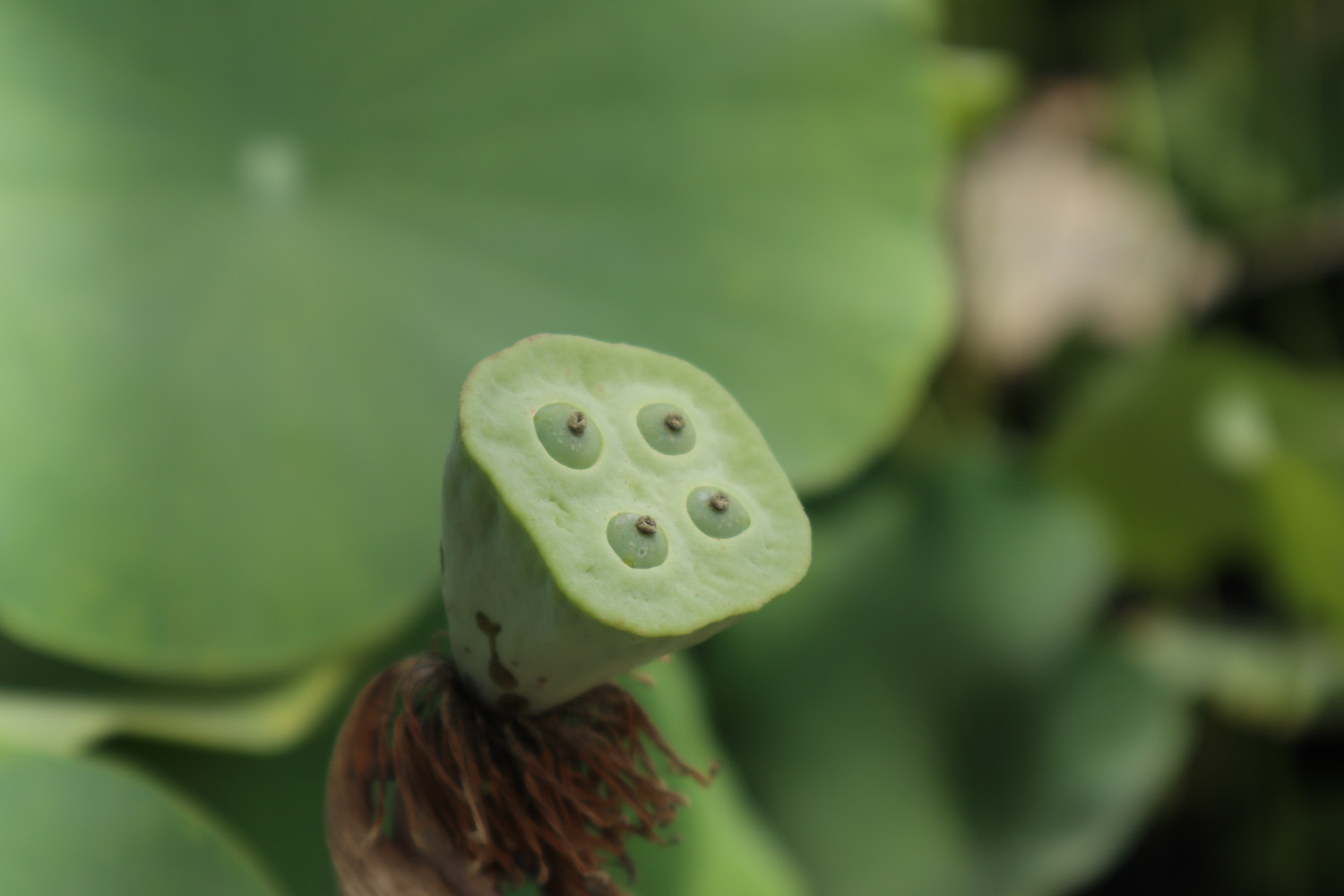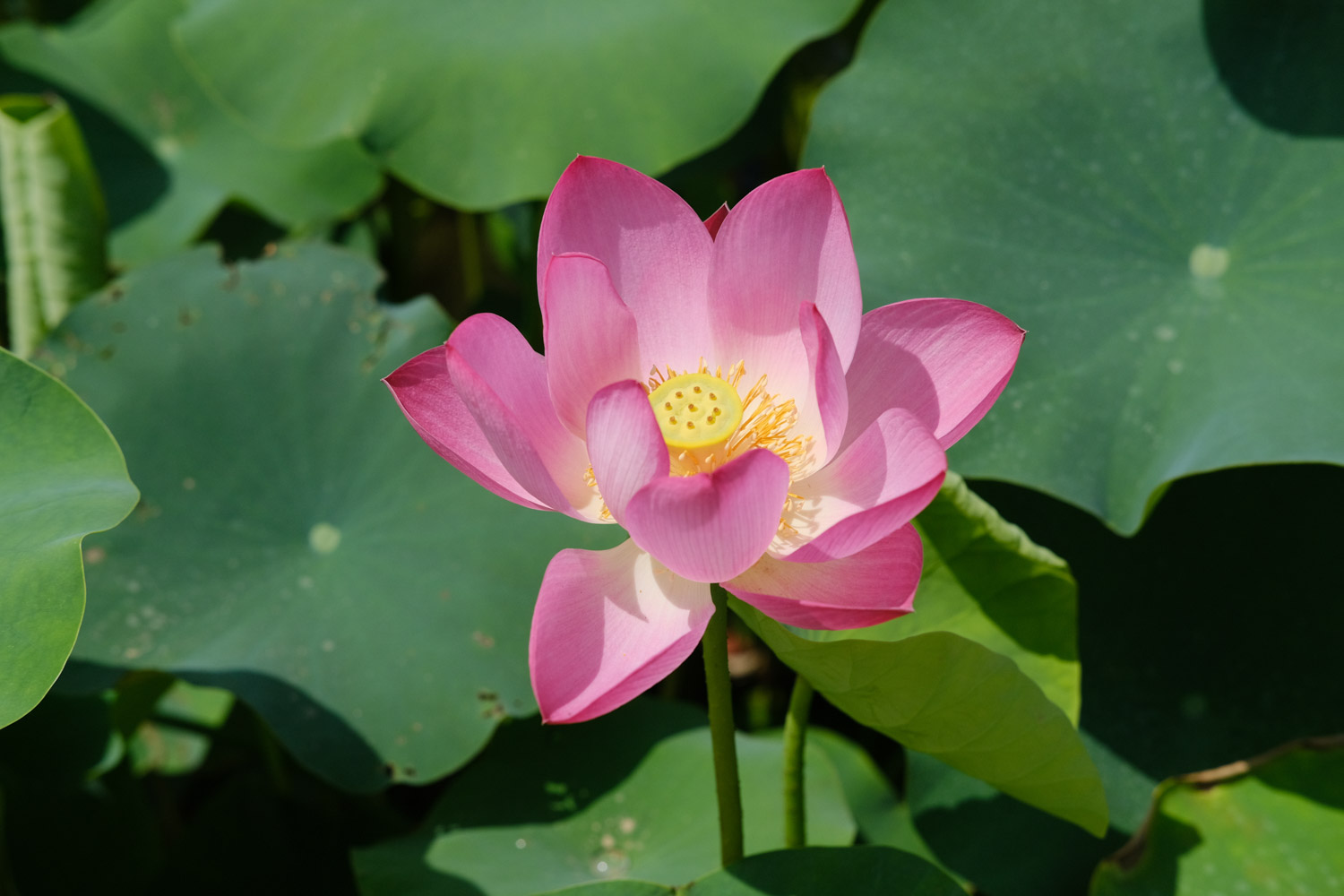1、 Breeding environment
1. Watering: the temperature is high in summer, which is the peak period of its growth. At this time, the demand for water will also increase, so it cannot be dehydrated in summer. Pay attention to the rainy season. The accumulated water shall not exceed the standing leaves, and reasonable drainage measures shall be taken in time
2. Fertilization: Lotus likes fertilizer, but the amount of fertilizer should not be too large. If it is fertilized too much, it will burn it. Lotus has high requirements for fertilizer in summer. It is best to apply fertilizer every 15-20 days. If the lotus becomes yellow and thin without disease spots, it proves that it is in a state of lack of fertilizer and should be fertilized in time
3. Light: there should be sufficient light. The family breeding should put it in the place where the sun shines. After it appears, give it at least 4 hours of light every day, otherwise the leaves will turn yellow and the flower buds will wither

2、 Breeding method
1. Sowing and propagation: soak the opened seed in water for a week, and it will germinate. Change the water often, and it can be transplanted in about half a month. When transplanting, pay attention to that the lotus leaves should be exposed to the outside, and the water layer should not be too deep, as long as it is maintained normally
2. Split lotus root propagation: take the prepared lotus root out of the soil and clean the sludge. When planting, do not let its tail water. After planting, put it in the sun. When the soil becomes dry, pour an appropriate amount of water, and increase the water after germination

3、 Common diseases
1. Rot disease: when the leaves are soaked in water for a long time or the soil is barren, the disease attack is relatively serious. Appropriate fertilization should be applied. The water layer should not be too deep. Carbendazim can be sprayed for control
2. Brown spot: the leaves of lotus will have brown spots, which will aggravate in the rainy season. The diseased leaves should be removed in time. If the disease is serious, it can be sprayed with carbendazim or mancozeb solution


 how many times do yo...
how many times do yo... how many planted tre...
how many planted tre... how many pine trees ...
how many pine trees ... how many pecan trees...
how many pecan trees... how many plants comp...
how many plants comp... how many plants can ...
how many plants can ... how many plants and ...
how many plants and ... how many pepper plan...
how many pepper plan...



























